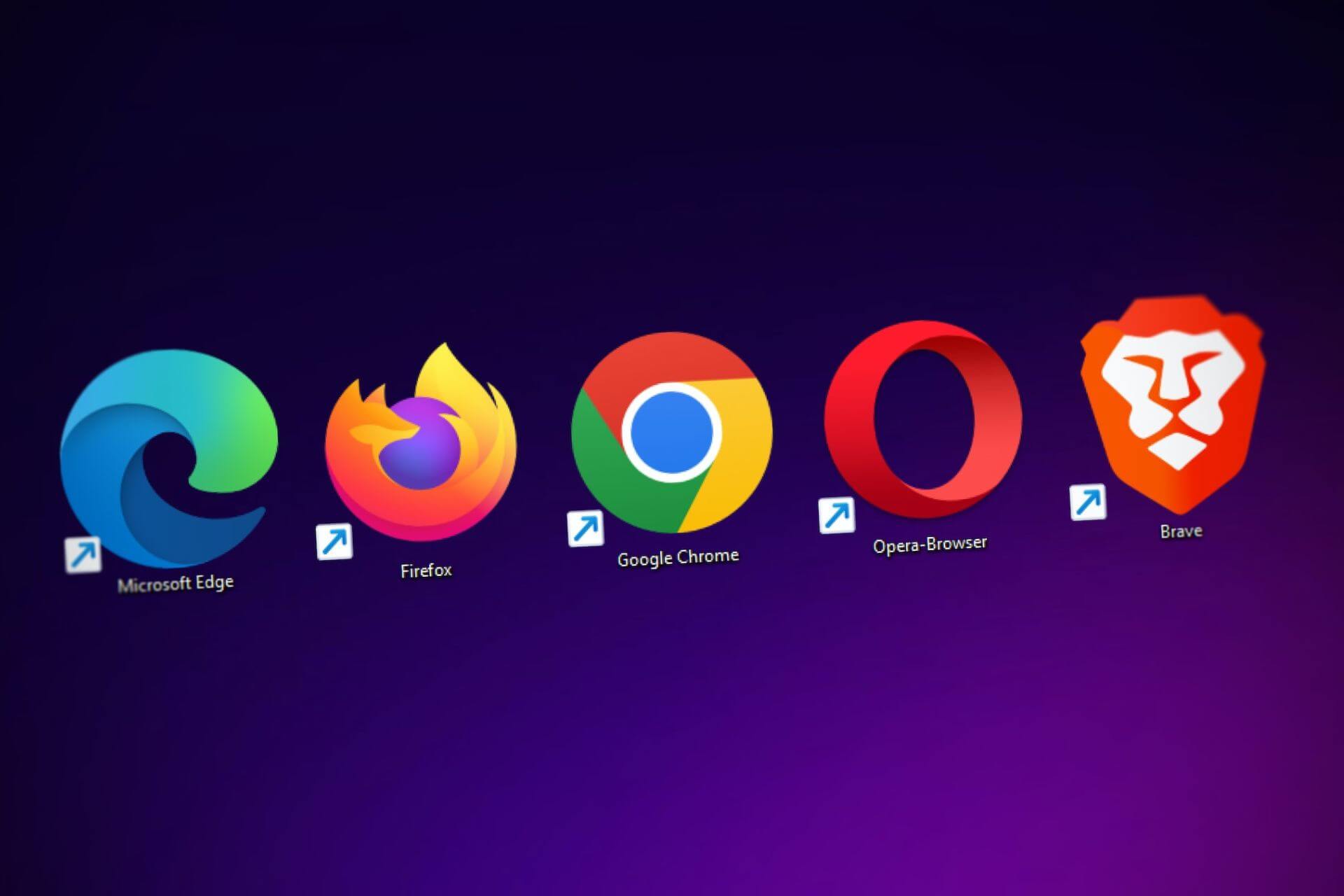How Vehicle Tracking Benefits Various Industries
July 28, 2022 - Emily Newton
Revolutionized is reader-supported. When you buy through links on our site, we may earn an affiliate commision. Learn more here.
Vehicle tracking is one of the most recognizable examples of the internet of things (IoT) in action. It’s also one of the most versatile, despite its scope seeming fairly narrow on the surface. These technologies are everywhere across both consumer and commercial markets, and they’ll only grow from here.
The global vehicle tracking market was worth $17.37 billion in 2020 and could surge to more than $109 billion by 2030. That impressive growth stems from these technologies’ vast array of use cases across various industries. Here’s a look at how they benefit six different sectors today and where that could go in the future.
Supply Chain
Supply chain operations are perhaps the most obvious use case for vehicle tracking technologies. The transportation and logistics sector accounts for 26% of the overall market, more than any other segment. As supply chain resiliency becomes a more pressing concern, the industry’s use of these technologies will become more important.
Remote tracking technologies let supply chain organizations see where all shipments are at all times. These real-time location updates help businesses ensure they’re delivering things on time and can reveal the most efficient routes to take. They’ll also alert warehouses about any delays, letting them adjust accordingly to minimize their impact.
In recent years, these tracking systems have gone further, too. IoT sensors provide real-time information about shipment quality, not just locations. Supply chain companies use them to monitor product temperatures, vehicle maintenance information and even driving patterns to minimize costs and maximize efficiency.
E-Commerce
The ever-growing e-commerce industry is another sector that relies heavily on vehicle tracking systems. Like supply chain companies, retailers use these devices to monitor shipment locations and quality to ensure optimum deliveries. However, e-commerce shipment tracking focuses more on last-mile deliveries and turns the information over to consumers.
Customers today expect to have full transparency over their online orders. As much as 97% of online shoppers want the ability to monitor their order status throughout the entire process. Achieving that level of visibility would be impossible without reliable vehicle monitoring solutions.
As technologies advance and consumer expectations grow, more advanced supply chain tracking systems could make their way into e-commerce. Online stores could let shoppers track the quality of more sensitive orders like groceries or fragile goods. These insights would help build trust and brand loyalty.
Insurance
A less widespread but equally promising application for these technologies is in the insurance industry. Telematics-based insurance uses tracking devices to monitor how customers drive, like recording their acceleration, braking, turning and speeding habits. With this information, insurers can customize customers’ rates based on how safely they drive.
Currently, just 6% of American drivers use a telematics-based insurance program, but that’s changing. Participation in these plans increased by as much as 55% among some companies amid the COVID-19 pandemic. As people get more used to data tracking technologies and learn of the benefits, more will turn to this IoT-driven coverage.
Telematics insurance benefits both insurers and drivers by encouraging safe driving. Since customers will have to pay less when they drive safely, they’ll be more inclined to do so. Consequently, as more people drive safely, accidents will decrease, lowering payouts from insurers.
Emergency Services
Another instance where vehicle tracking improves safety is its use in emergency services. First responders like ambulance teams, firefighters and police officers all use real-time vehicle data to help get to and help people faster.
When dispatchers receive an emergency call, they can look at fleet tracking solutions to see where the closest responders are. Once dispatched, these responders can then use traffic data to find the most efficient route to the person that needs help. Similarly, they can then navigate to hospitals or other destinations after responding to the scene.
Collecting all this vehicle data can also help emergency medical services bill patients more accurately. They can look at how far ambulances traveled and how long they were on the road for each case. Basing invoices off this hard data helps eliminate mistakes, ensuring patients only pay what they need to.
Public Transportation
Emergency services aren’t the only part of the public sector that can benefit from tracking technology. Public transportation systems can use telematics solutions the same way private companies like Uber and Lyft do but on a larger scale. They can give passengers real-time updates about arrival times, navigate city streets more efficiently and collect important safety information.
The Rail Safety Improvement Act requires every railroad across the nation to use telematics systems called Positive Train Control (PTC). PTC tracks trains’ location, direction and speed in real-time to prevent collisions and ensure they slow down in crowded areas. Similar systems could help buses, subways and other public transit systems operate safely and efficiently.
As smart city infrastructure becomes more common, these use cases could expand. City transit authorities could use vehicle tracking to manage the flow of traffic and give real-time updates to drivers. They could highlight available parking, reduce congestion and make public transit more timely.
Agriculture
One of the more surprising applications of vehicle tracking is in agriculture. While farming may not seem like a high-tech sector, that’s changing with the dawn of smart farming and precision agriculture. Farms across the world are implementing robotics and IoT systems, and telematics can help manage some of these technologies.
Tracking systems can help farmers manage autonomous tractors and drones. They can see where they are and if they need maintenance or pinpoint anything on the farm that needs attention. Over time, location data from tractors and other equipment can also reveal the most efficient paths to take.
Some farms have started using tractor sharing programs, which rely on tracking solutions. Farmers can use these platforms to rent out their tractors and then track their usage and maintenance info in a smartphone app. These systems will help make agriculture more affordable for smaller farms.
Vehicle Tracking Has Many Use Cases
These six industries are just a few examples of the different sectors vehicle tracking can improve. As these technologies advance and become more accessible, more companies will implement them, experiencing cost, efficiency and safety improvements. The world has likely just scratched the surface of what vehicle tracking can do.
Revolutionized is reader-supported. When you buy through links on our site, we may earn an affiliate commision. Learn more here.
Author
Emily Newton
Emily Newton is a technology and industrial journalist and the Editor in Chief of Revolutionized. She manages the sites publishing schedule, SEO optimization and content strategy. Emily enjoys writing and researching articles about how technology is changing every industry. When she isn't working, Emily enjoys playing video games or curling up with a good book.




